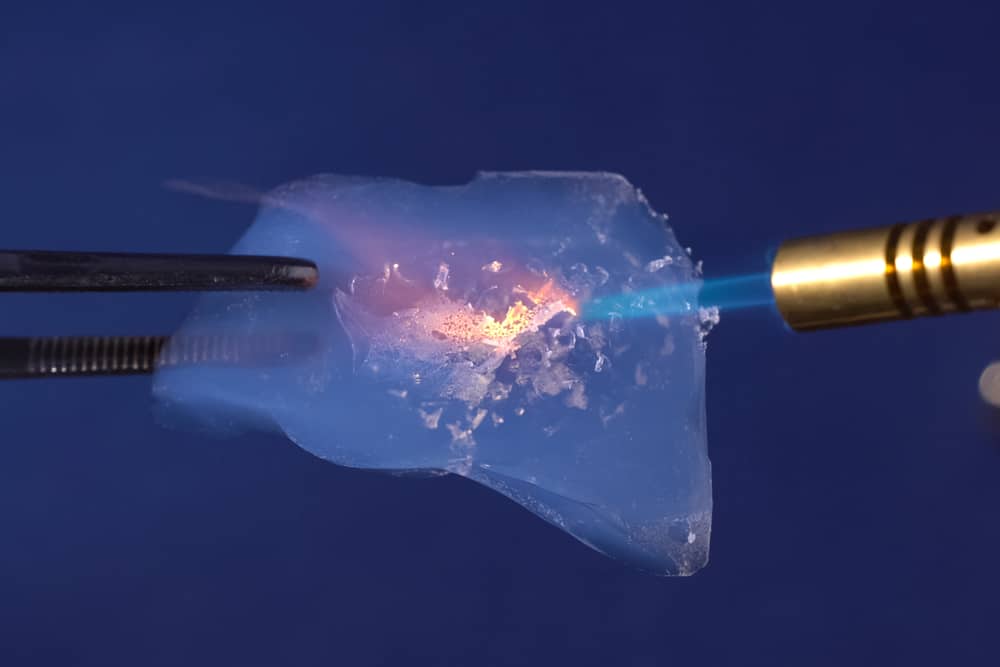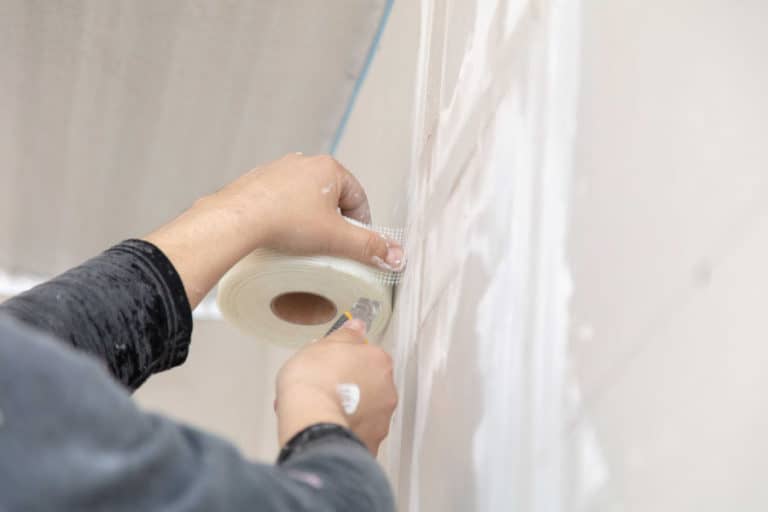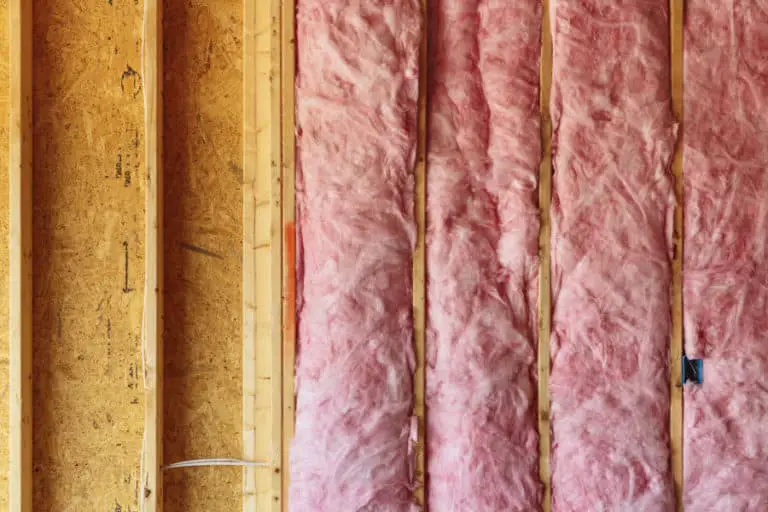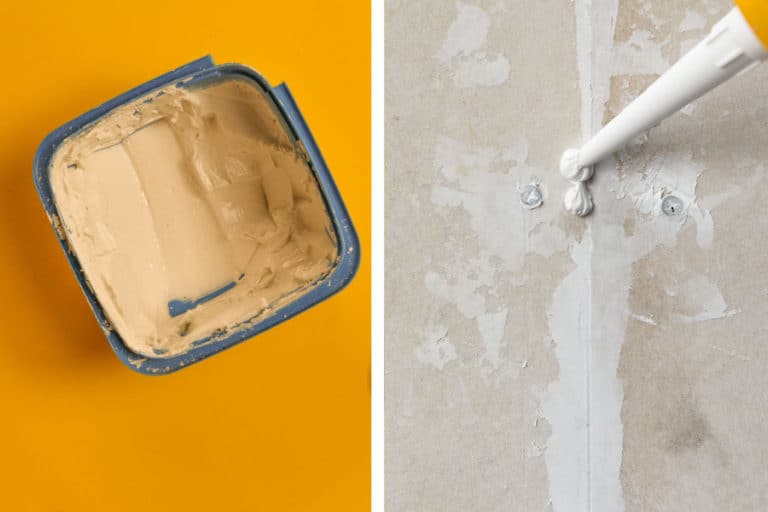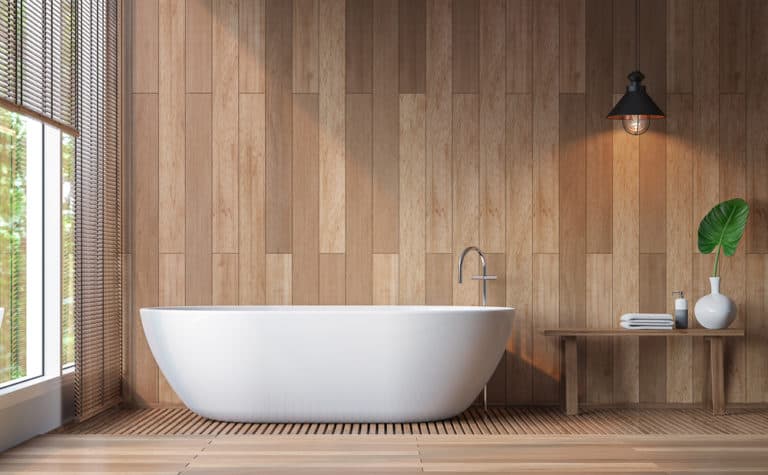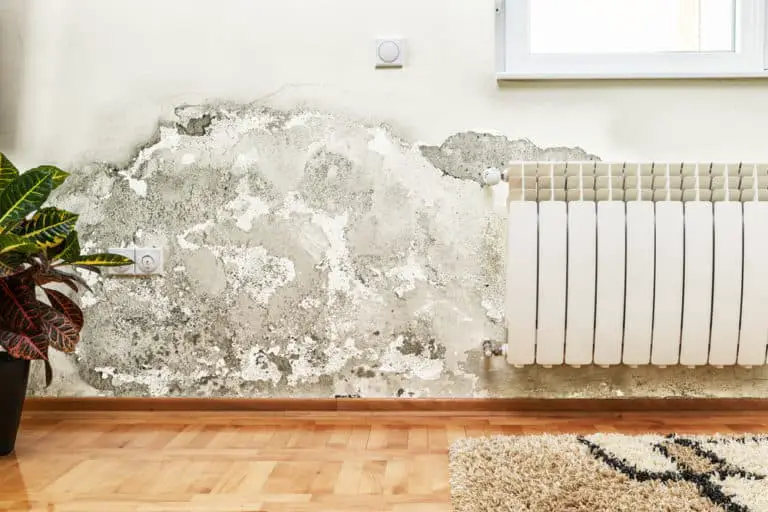What Is The Thinnest, Most Effective Insulation?
When you want to insulate your home, you want the best possible insulation that will be effective, thin, and affordable. We can’t always get everything we want, but maybe we can get the best insulation for our needs with a little luck. I had to insulate my attic a while ago, but I had no idea what insulations would work best. So, what is the thinnest, most effective insulation?
The thinnest, most effective insulation material is aerogel. This material is the lightest, most flexible, and thinnest insulation globally. Aerogel is made from gel, where the liquid component has been substituted by gas. Kingspan comes in second with a thin insulation material called OPTIM-R.
After doing a lot of research, I found that the two best insulations that are not only effective but thin are Aerogel and Kingspan OPTIM-R. I had to learn more about these two innovative insulation materials, so I enlisted the help of a contractor who explained these products in more detail. I thought I would share the information I gathered in this post.
What Is The Thinnest, Most Effective Insulation?
The two insulations that fit these criteria are Aerogel and Kingspan OPTIM-R. We will take a closer look at both of these insulations and explain why they are the two thinnest and most effective insulation materials.
Aerogel Insulation
Aerogel comes in various standard materials like silica aerogel, metal aerogel, and carbon aerogel, but the most effective one to use for insulation is silica aerogel. Samuel Stephens Kistler first invented aerogel in 1931. This came about because he had a running bet going with Charles Learned about who would be able to replace the liquid in ‘jellies’ without having the ‘jellies’ shrink.
Aerogel is a lightweight product that can be used in very thin insulation blankets and boards. Only a small amount, like an inch of the aerogel material, can spread over 5 football fields. This material is unknown but is starting to gain more popularity despite the price as people realize its potential as an insulating material.
NASA was among the first to realize this potential, and they started working on the way to incorporate aerogel into blankets for their astronauts and other places they might need insulation. It is lightweight and incredible insulation properties were a huge win for space exploration.
How Does Aerogel Work?
Aerogel is created by extracting the liquid of the gel by freeze-drying or supercritical drying the gel. This, in turn, helps dry the liquid in the gel without causing the solid matrix in the gel to collapse. What you are left with is a material that is 99.8% air but is strong and durable. Silica aerogel is usually used in insulation as it is the best thermal insulator.
This product may have gel in the name, but it is a solid thin material that works better than most other insulations because it almost eliminates two out of the three methods of heat transfer; convection and conduction. Aerogel has one of the lowest thermal conductivity of any known solid and has an R-Value of R-40/m, making it perfect for most insulation applications.
The aerogel is seethrough but can have a blue undertone. This technology is so effective that NASA has used aerogel as thermal insulation for the Mars Pathfinder, Mars Science Lander, and the Mars Exploration Rovers. Another application for aerogel that NASA has been using for 20 years is a hypervelocity particle capture medium.
NASA is also working on a technology that will allow them to make aerogel entirely from polymers. It would mean an insulation material that is strong and flexible and would eliminate the fragility that is present when using silica-based aerogel for insulation.
They are also working on getting the polymer aerogel as thin as possible and have stated that it would create one of the thinnest and strongest insulation materials that are flexible without being brittle and breaking.
What Is The Thinnest Aerogel?
One of the thinnest aerogel insulation products is the Aerogel Microporous Blanket. This aerogel insulation material is only 10mm thick and can be used in a number of different applications, including pipes, vessels, and tanks.
The aerogel microporous blanket is made from silica aerogel and reinforced with non-woven fiberglass batting, making it hydrophobic (meaning it repels water). That is great news as it helps the material under the insulation stay dry, and it’s environmentally friendly.
What Are The Advantages Of Using Aerogel Insulation?
Like other products, there are pros and cons to using aerogel insulation. I have put together a list of both to help you make an informed decision.
Aerogel Insulation Is Flexible
One big advantage of using aerogel insulation is that it’s made into flexible blankets that make it easy to cut to size on-site and in any shape you need. These blanket rolls are thin and easy to work with, meaning they take up less space, and you can easily cut them to the size you need before installing them.
They also leave you more space to work with because you can maneuver them into the smallest nooks and crannies without any problem to give you maximum insulation without having gaps that normal insulation material would have a hard time getting into.
Aerogel Has The Lowest K-Value
Because aerogel has the lowest K-Value, it allows aerogel systems to have the thinnest profile (up to 3x times thinner than other insulation materials like Rockwell and calcium silicate). It’s an advantage that makes using aerogel insulation especially suited to use in contained spaces.
Aerogel Is Lightweight
Aerogel is not only thin, but it’s the lightest solid in the world. That means it’s easier to work with, and it won’t add weight to the building structure, pipes, or any other place you need insulation where weight might be a problem.
It’s Hydrophobic But Breathable
One of the issues with conventional insulation is that gaps and cracks in the underlying systems can cause water and moisture to penetrate the insulation. When the insulation gets wet, it can cause issues with the underlying material, such as swelling and warping of wood and metal corrosion.
This is called CUI or corrosion under insulation. Aerogel is different because, unlike some of the other insulation materials like Rockwool, ceramic fiber, calcium silicate, and microporous materials, aerogel is hydrophobic, meaning it repels water and keeps the underlying material dry.
Because of aerogel’s breathability, water vapor will pass through the insulation without accumulating and keep the underlying systems dry. The fact that it’s hydrophobic and its breathability reduces the risk of CUI immensely.
You Don’t Need To Use Organic Binders
When you are using insulation like Rockwool, organic binders are used. The purpose of this is to hold the fibers together in their supplied form. If, however, the temperature exceeds 392F, these binders break down, and the fibers come loose.
When regular maintenance is done, you can easily see where the insulation has started to become brittle and sag. This insulation becomes useless once taken out and has to be thrown away. This is where aerogel is different. Aerogel does not have any organic binders, and to keep it thermally and physically stable, it can be reused after maintenance.
It Can Withstand High Temperatures
If you are installing systems with high temperatures, using aerogel would be best as it can withstand temperatures of up to 1200F. Other insulation materials can only withstand around 392F. So aerogel insulation is a great option if you want to insulate a geyser, hot water pipes, or places where there is a lot of heat that you need to keep contained.
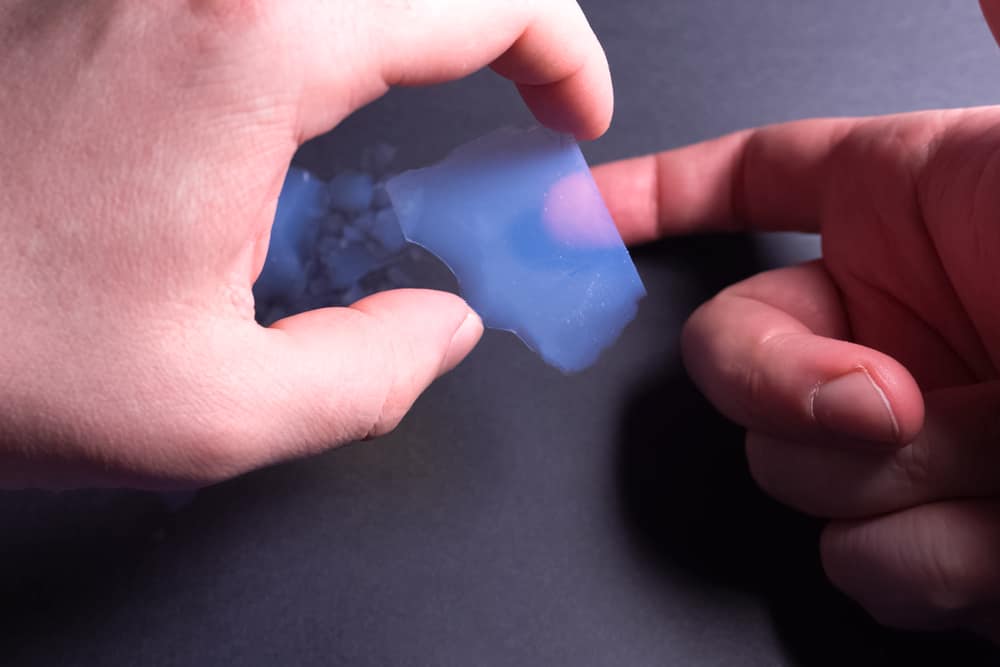
What Are The Disadvantages Of Using Aerogel Insulation?
When it comes to the thinnest and most effective insulation, aerogel is by far the winning material, but it can’t all be sunshine and roses, and there are some disadvantages to using aerogel as an insulation material.
The Cost
The main issue with using aerogel as an insulation material is the cost. It’s more expensive to use aerogel insulation than any other type of insulation. While using the aerogel insulation blankets will save you money in the long run, the initial investment is quite high.
With an estimated cost starting from $14.32 per sq. ft, compared to other insulation materials that can cost $0.50 – $1.25 per sq. ft, it’s easy to see why some people want to stick with old-fashioned insulation materials.
The Fragility
Depending on what form of aerogel you use, the aerogel might be fragile and break easily. Aerogel has a similar molecular structure to glass in its raw form, although 1000 times less dense and can therefore break easily.
Kingspan OPTIM-R
The second option for thin and effective insulation is the Kingspan OPTIM-R panels. These panels are made from rigid vacuum-sealed insulation panels with a microporous core. It is then encased and sealed in a gas-tight thin envelope, giving it great R-Value for an ultra-thin insulation solution.
What Are Some Of The Advantages Of Using Kingspan OPTIM-R Insulation?
When you decide to use Kingspan OPTIM-R insulation, you can look forward to many advantages. Here are a few that make using Kingspan OPTIM-R insulation a good choice.
It Has High Compressive Strength
A great advantage of using the Kingspan OPTIM-R insulation is that it is a very strong material. The boards are known for their high impact resistance and strength. This feature makes them the best option for a busy family where a few hits to the wall while playing is inevitable.
It Has Advanced Thermal Performance
Under normal circumstances, when you use regular insulation, you would need at least 90mm of insulation to comply with building codes, but with Kingspan OPTIM-R, you only need to use 60mm. That saves money and time.
It Is Phenolic (Water Resistant)
The main benefit of Kingspan OPTIM-R when it comes to water and water vapor issues is that the boards are phenolic, meaning they are water and water-vapor-resistant. So you won’t have to worry about the underlying material getting wet and either rusting or swelling and warping.
It’s Fire Resistant
Kingspan OPTIM-R is made from a material that has great fire-resistant properties. If a fire should occur, they will stop the spread of the fire and emit low levels of smoke and gasses so they can meet building codes.
It Has Great Insulation Performance
Kingspan OPTIM-R delivers superior insulating performance as it has a declared thermal conductivity of just 0.007 W/m·K, providing you with insulating performance that is stated to be five times that of the leading competitors.
It’s Environmentally Friendly
The Kingspan OPTIM-R is made from high-quality phenolic foam and is CFC and HCFC-free. The manufacture of these boards has a very low environmental impact.
What Are Some Of The Disadvantages Of Using Kingspan OPTIM-R Insulation?
When you look at insulation, it’s best to look at all the pros and cons of a product to make an informed decision. Here are some disadvantages of using Kingspan OPTIM-R.
The Structure Might Make The Overall Panels Thicker
While the Kingspan OPTIM-R is rated as one of the thinnest insulation panels, it has to be encased in various materials to give it a rigid outer layer. This process will increase the thickness of the end product.
It Degrades Over Time
The other issue with using vacuum insulation panels is that they will degrade significantly over their lifespan. So if you take a look every few years, you might find that the panels have started to disintegrate before they reach their stated lifespan.
Conclusion
The two thinnest and most effective insulation materials are aerogel blankets and Kingspan OPTIM-R VIP panels. These two products make it easy to install insulation into a building, home, or even around pipes, vessels, and tanks. These insulation materials are thinner and more flexible to use than traditional insulation materials.
Aerogel is the thinnest, with Kingspan OPTIM-R coming in a close second. Both materials are well worth the time, money, and effort to use as insulation materials. While aerogel insulation is, unfortunately, the most expensive insulation material out of all insulation, it is also the most effective, but if you want insulation that will last years and is affordable, then go with Kingston.
References
- https://www.kingspan.com/ie/en/knowledge-articles/what-is-the-thinnest-insulation-solution/
- https://en.wikipedia.org/wiki/Aerogel
- https://www.bobvila.com/articles/how-to-install-insulation/
- https://www.bobvila.com/articles/types-of-insulation/
- https://www.kurzweilai.net/new-aerogel-space-age-insulating-material-is-worlds-lightest

